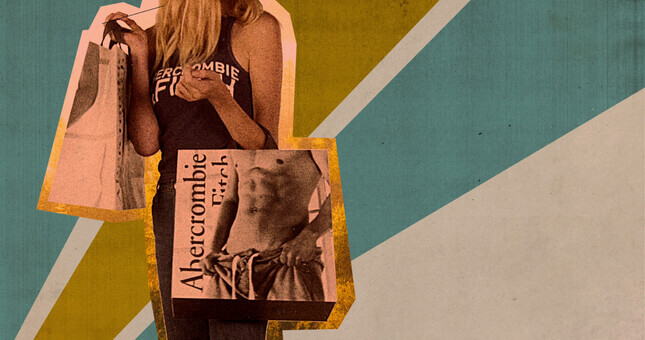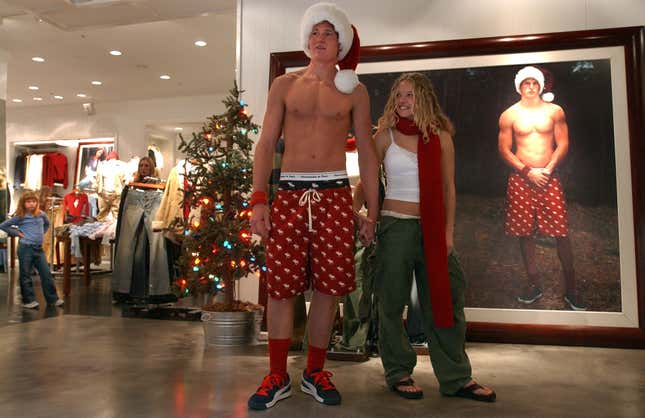‘White Hot’ Explores When Abercrombie & Fitch Embodied ‘the Worst Parts of American History’
Netflix's new documentary paints a portrait of a shifting popular culture.
EntertainmentMovies

When LFO’s “Summer Girls” was released in 1999, I was approximately a decade away from understanding the vast majority of the song’s references. Shout-outs to Alex P. Keaton and Larry Bird went right over my head, but the lyrics name-dropped one popular touchstone that, even in the early days of elementary school, I could fully grasp. “I like girls that wear Abercrombie & Fitch,” rapped the group’s lead singer. At that point, I’d never stepped foot in an A&F, but the fact that a boyband member liked girls who wore it told me everything I needed to know.
As it turns out, my kid’s eye view of the brand only made me privy to a fraction of the Abercrombie story. A new Netflix documentary, White Hot: The Rise & Fall of Abercrombie & Fitch, covers the brand during its 1990s and 2000s heyday, when it was synonymous with a very white, very preppy brand of cool. Directed by Jagged filmmaker Alison Klayman, the doc offers a portrait of a time in popular fashion when wearing a giant logo on your chest was the height of chic, and carrying around a shopping bag with a half-naked guy on it was the ticket to the in-crowd. Along the way, the company sowed the seeds of its own downfall with its determination to exclude everyone but Caucasian hardbodies. It’s a film about a single brand at a very particular cultural moment—but it’s also about the swinging pendulum of American popular values.
“When I would talk to people about the idea of doing this film, immediately they’d be sharing a really personal story,” White Hot director Alison Klayman told Jezebel. “Like, back to high school days, where they went shopping, how they thought about themselves, their family, their body in relation to other people—identity formation kind of stuff. And I thought, wow that shows this is such a cultural touchstone, and also that there would be interest from an audience to unpack this really significant touchstone in their lives.”
Abercrombie & Fitch was founded in 1892 as an outdoor apparel and sporting goods store, catering to shoppers like icons of elite American masculinity Teddy Roosevelt and Ernest Hemingway before weathering a decline that found it filing for bankruptcy in the ‘70s. Two decades later, it re-emerged as a higher-end staple of the youth retail market under the leadership of CEO Mike Jeffries. During the brand’s heyday in the late nineties and early aughts, the word “Abercrombie” held a singular power: It was synonymous with all that was sexy, a bit too expensive, and, depending on your location on the high school social ladder, slightly-to-deeply intimidating.
In addition to its sartorial offerings, in 1997 the company launched A&F Quarterly, a lifestyle magazine that became infamous for juxtaposing softcore advertising with mainstream articles, all geared towards the brand’s teenage fanbase. Within its pages you might find photos of a naked football game, or copy extolling the merits of a good old-fashioned circle jerk, which the magazine described as a “pleasant and supersafe alternative” to an orgy. You might see a guy preparing to pilot a helicopter in the nude, or read the words of Slavoj Žižek.
-

-

-

-

-

-

-

-

-

-

-

-

-

-

-

-

-

-

-

-

-

-

-

-

-

-

-

-

-

-

-

-

-

-

-

-

-

-

-

-









































